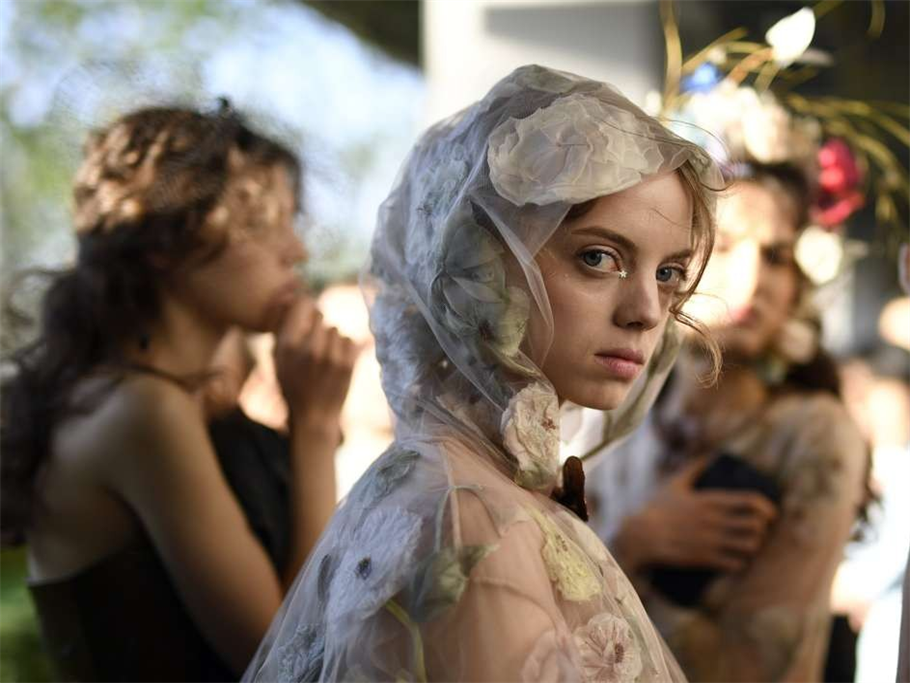

Christian Dior's 5 most
iconic looks
Founding his eponymous fashion house in 1946, the designer
showed his first ever collection just one year later, introducing women to
nipped in waists and full skirted ensembles that subsequently changed the face
of fashion forever.
After the span of 7 decades, Christian Dior is a milestone that
no fashion student or employee can ignore while studying or working in the
realm of fashion and trends.
In celebration of the label’s successes, the V&A Museum
has announced that it will stage the largest and most comprehensive exhibition
on French couture fashion house Christian Dior in the UK.
Titled Christian Dior:
Designer of Dreams, the major retrospective
will open on February 2 and will be the biggest fashion exhibition since
Alexander McQueen: Savage Beauty in 2015.
What will the display entail?
It showcased the couturier’s own designs, as well as those of
the six artistic creative directors that followed him, with more than 500
objects, including over 200 couture garments, sketches, accessories and
fragrances. It had the Dior's summarized comprehensive masterpieces, which
paved the way for several other designers and trend setters.
Epitomized by the “Bar” suit from his debut collection in 1947,
the designer created a brand-new silhouette which featured a small, nipped-in
waist and full skirt falling below mid-calf length to emphasize a woman’s
hourglass shape.
In the aftermath of World War II, Christian Dior single-handedly
changed the face of women’s fashion with a sweeping departure from post-war
austerity.
Much to the dismay of many women who had just started getting
used to the rising hemlines and boxy shapes of the 1940s, the style, which was
dubbed “The New Look” by editor-in-chief of Harper's Bazaar, Carmel
Snow, quickly gained traction and propelled classic elegance into the
limelight.
Tulip has always been an emblem and symbol of elegancy and
dominancy; may it be the realms of fashion or history or culture. For example,
the purple tulip is specifically used as a representation of the royalty.
However, the red tulip is responsible for the Turkish legends.
Keeping the significance and reputation of tulips in mind, Christian
Dior’s next major style change was in the skirt department with the launch of
his signature “Tulip” silhouette.
Instead of swirling layers of fabric, the designer’s ball gowns
became more streamlined to make a woman’s waist the centre of focus. Many of
the label’s dresses curved at the waist and flared out into an hourglass shape
with a form-fitting V-shaped neckline.
Gianfranco Known as “the
architect of fashion”, Ferré’s reign coincided with the age of the original
supermodels to herald in a new era of Italian flamboyance.
The first non-Frenchman to helm
Dior, Gianfranco Ferré followed in the footsteps of Yves Saint Laurent and Marc
Bohan when he was appointed in 1989.
One of Ferré’s most iconic designs, the Palladio dress, a long embroidered and pleated white silk dress, has been held on display at the Musée des Arts Décoratifs exhibition in Paris and it is hoped it will make an appearance at the V&A too.
Maria Grazia Chiuri shared her message in the form of slogan
T-shirts (Getty)
When it comes to talk about
liberalism or modernization, Feminism is one of the key-messages that are
advocated to showcase one's thoughts.
The first female creative director of Dior,
Maria Grazia Chiuri took the helm at Dior in 2016, and, it’s safe to say,
history was made.
Her debut show epitomized a
fresh vision for the fashion house that declared "we should all be
feminists."
Be the first to Comment